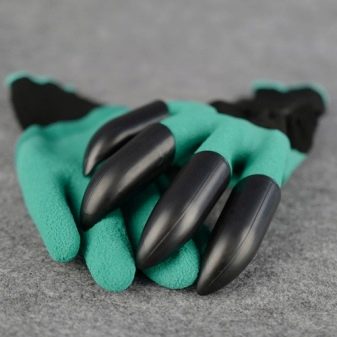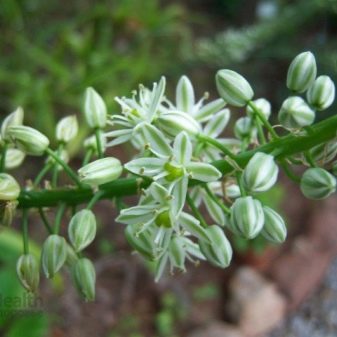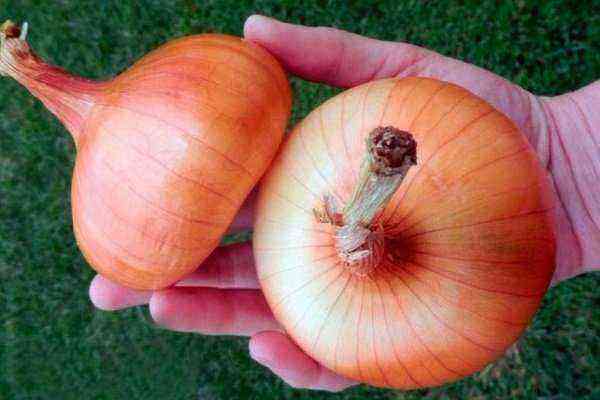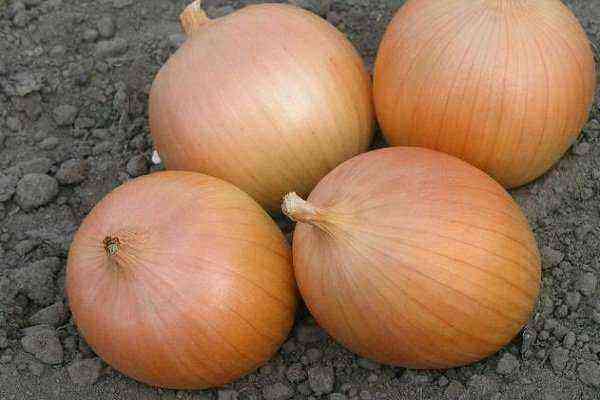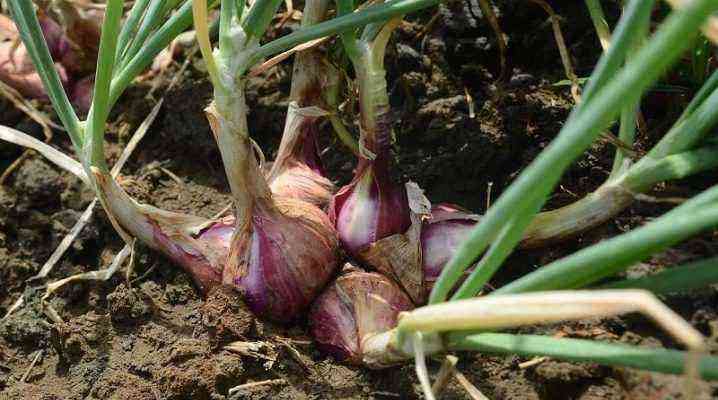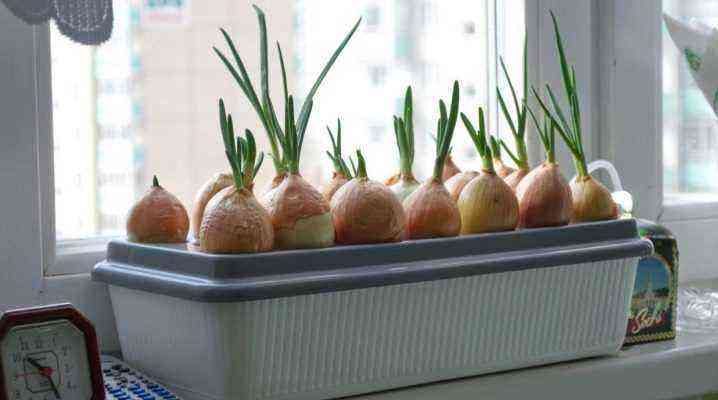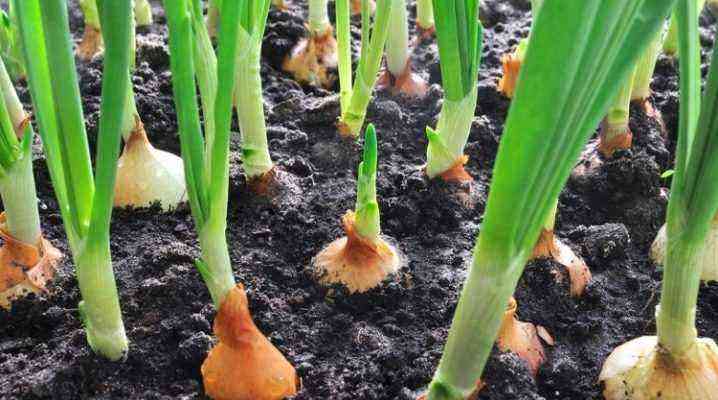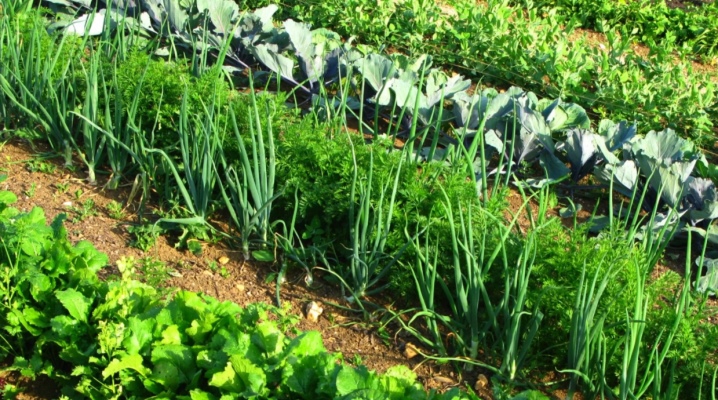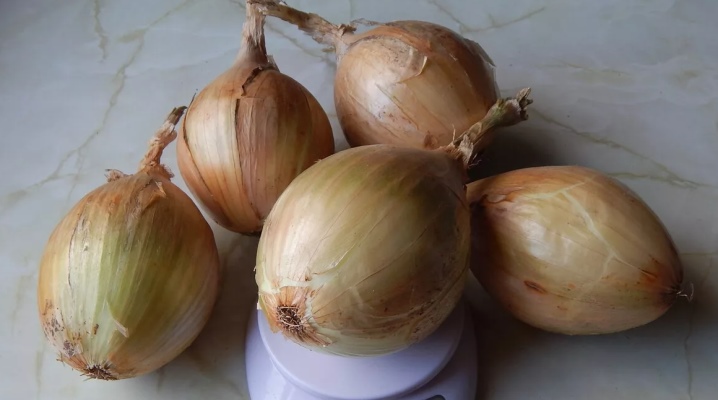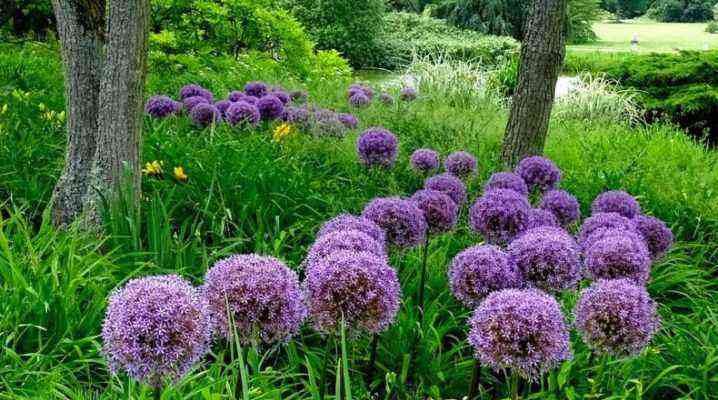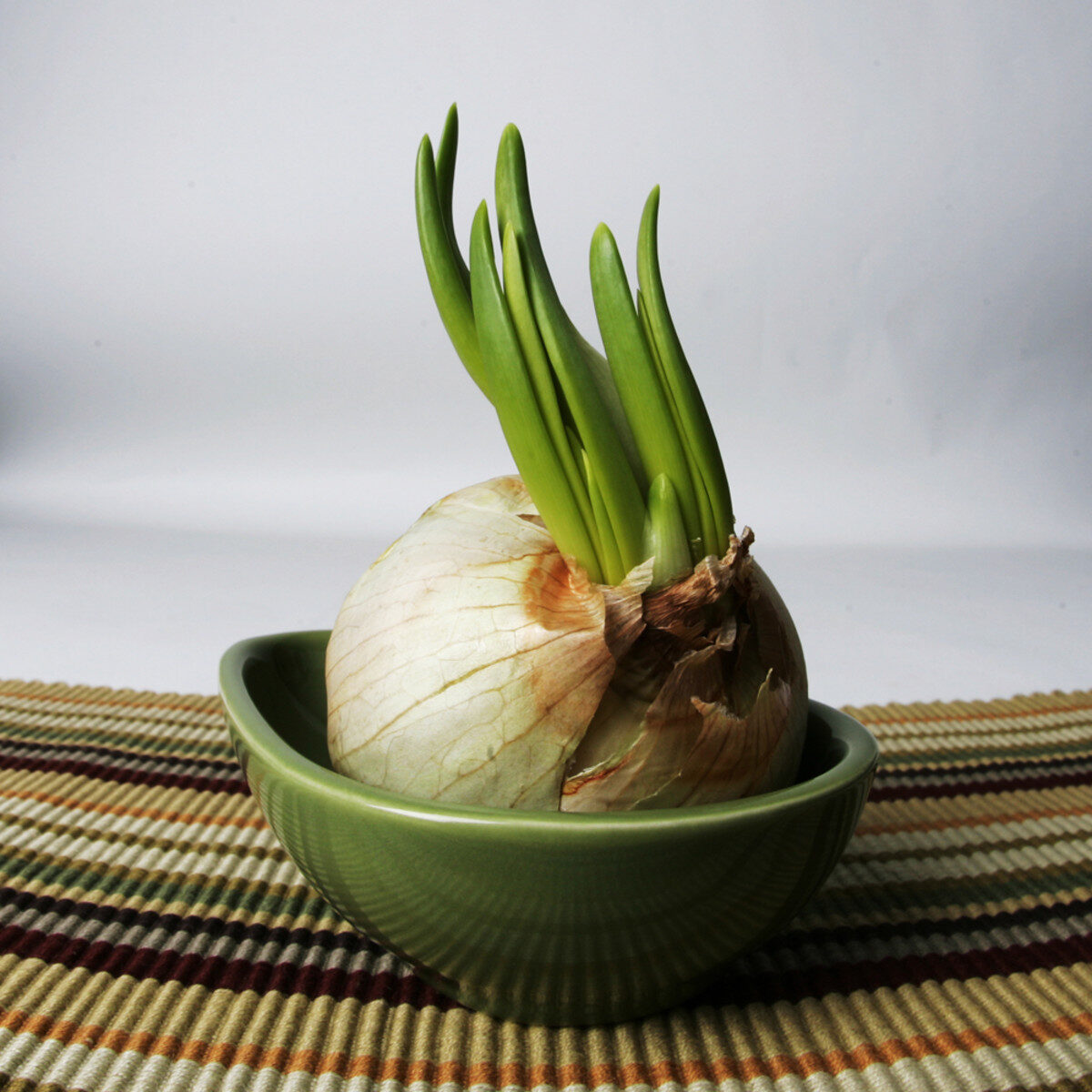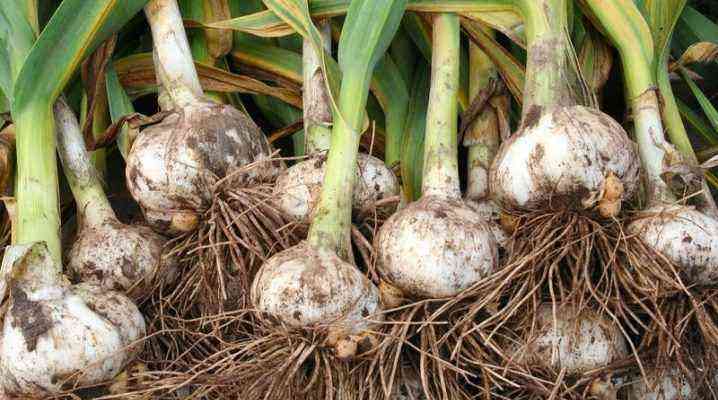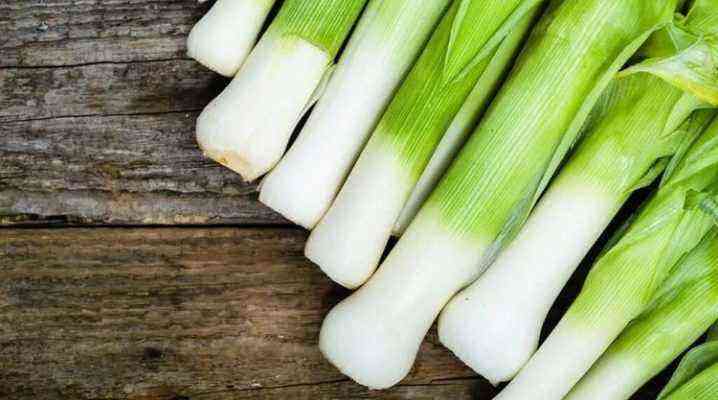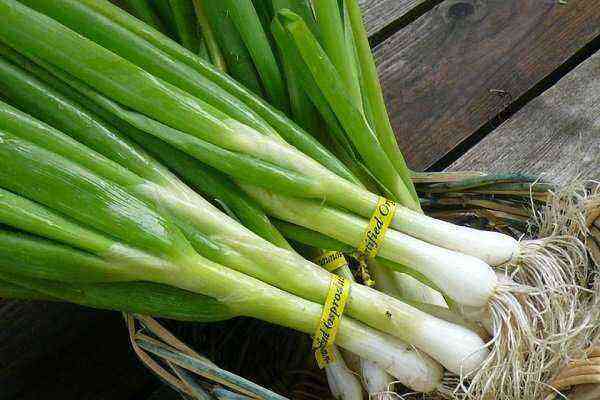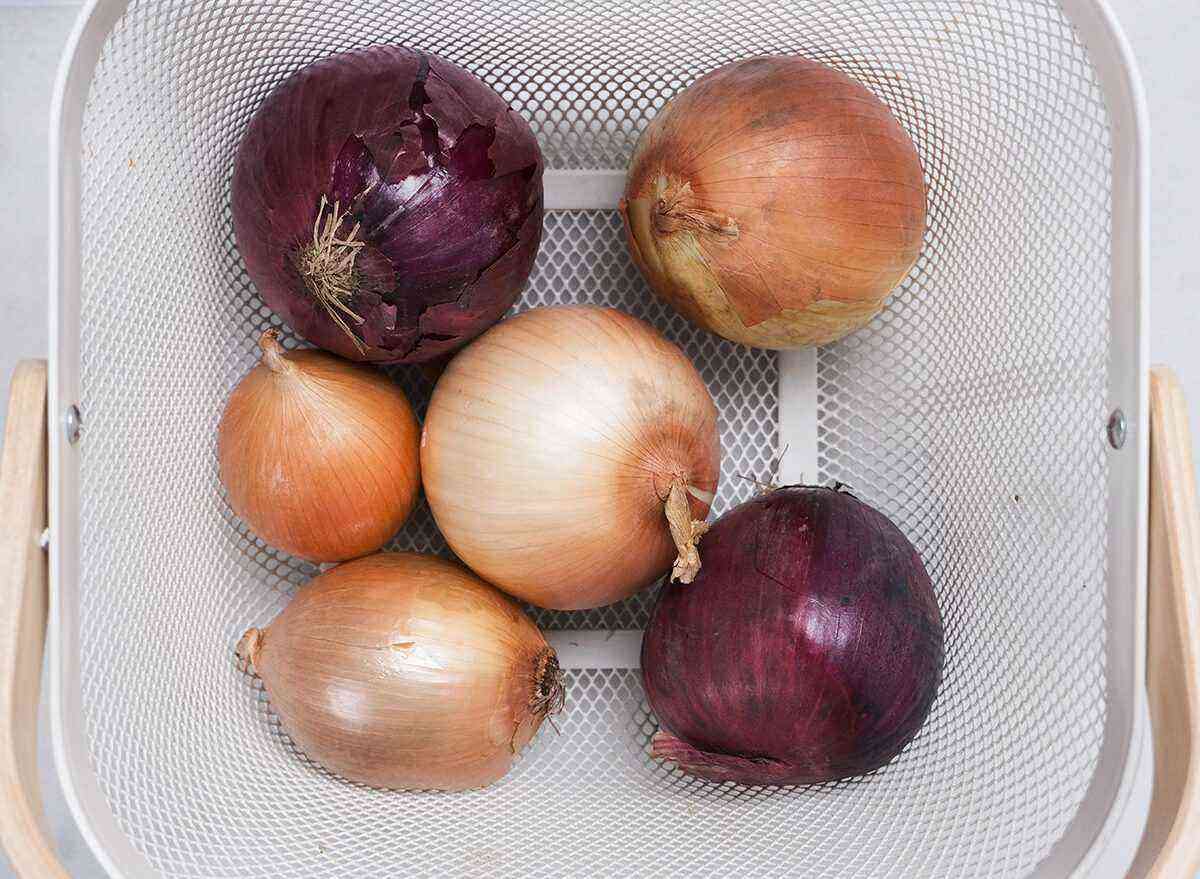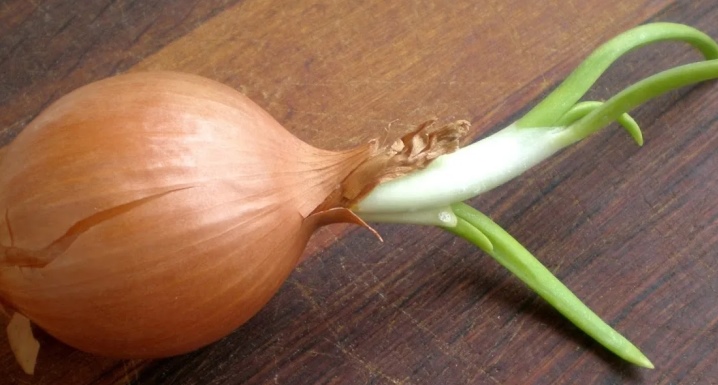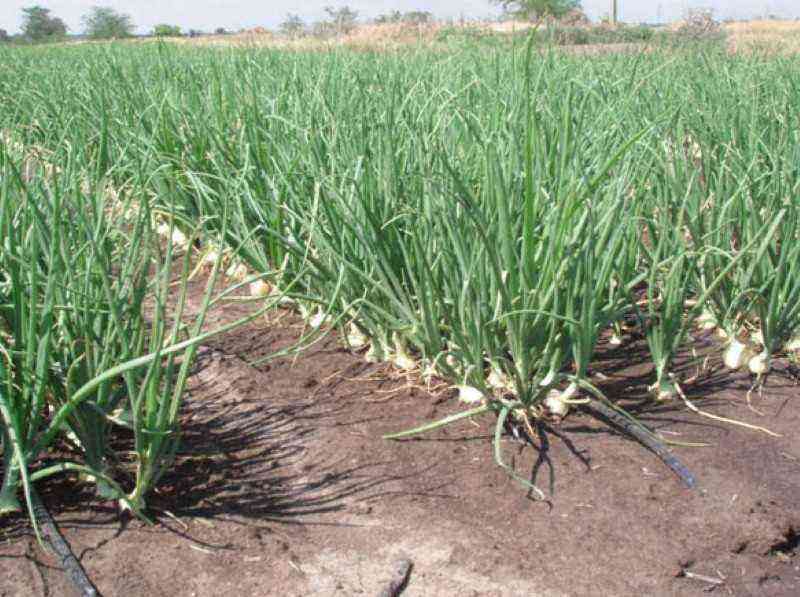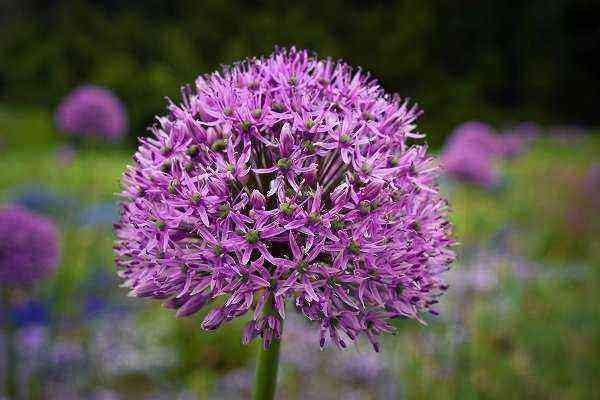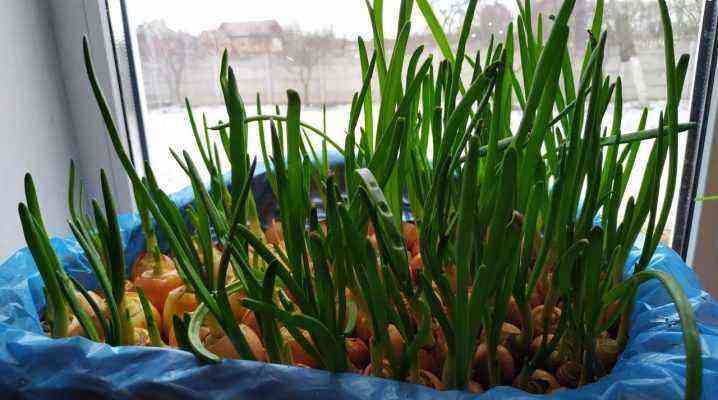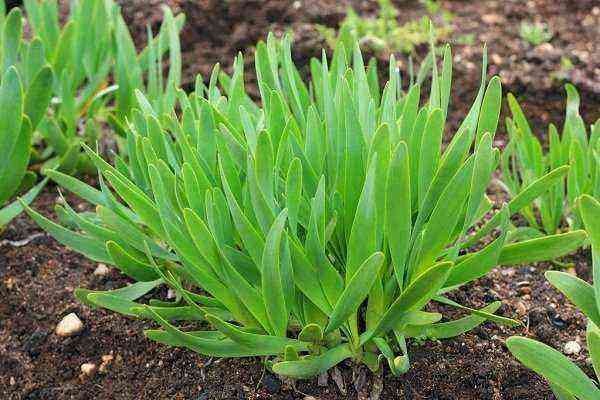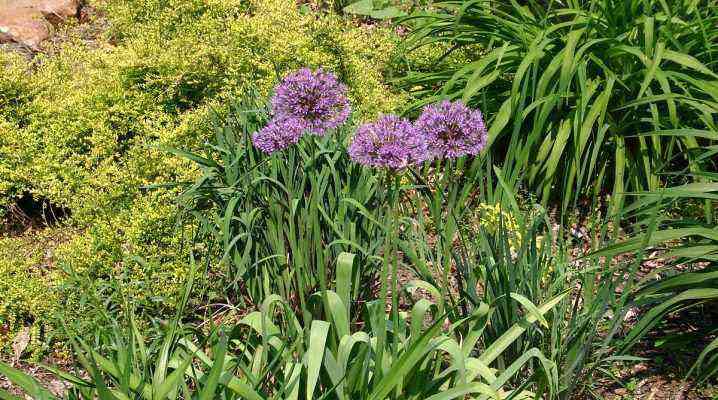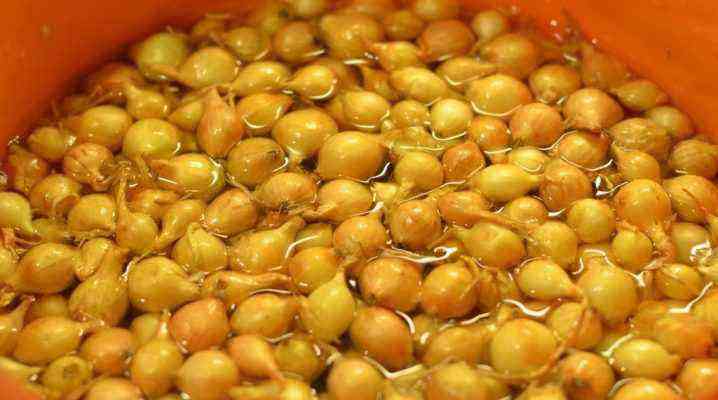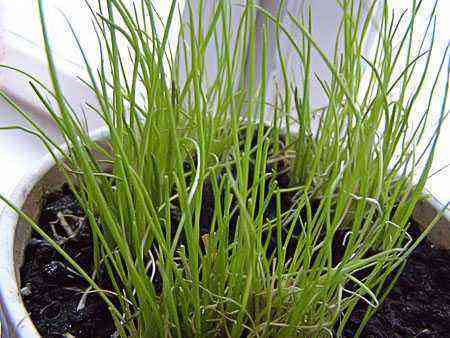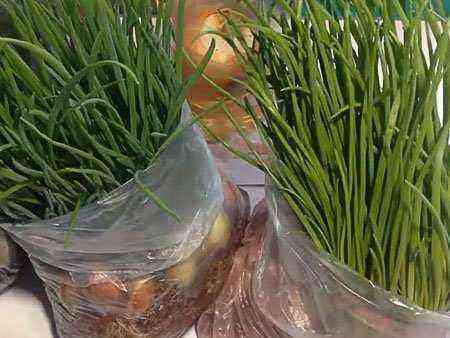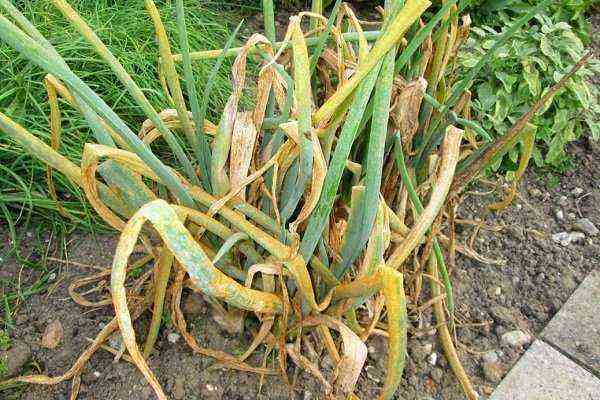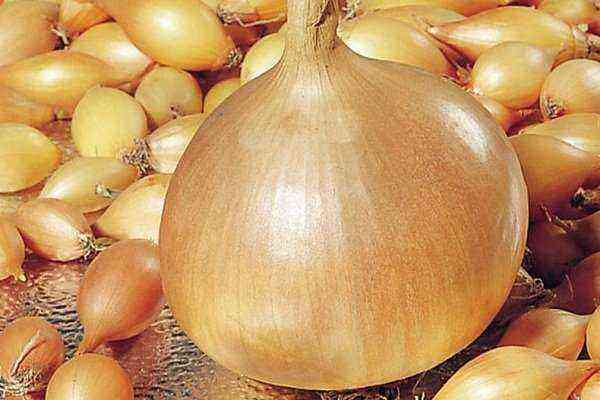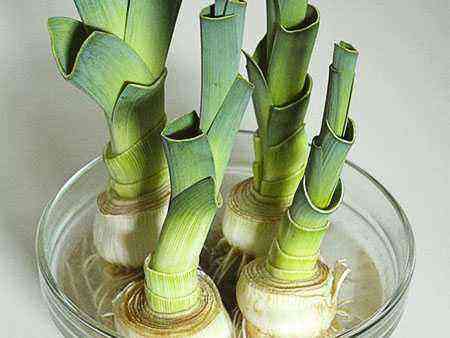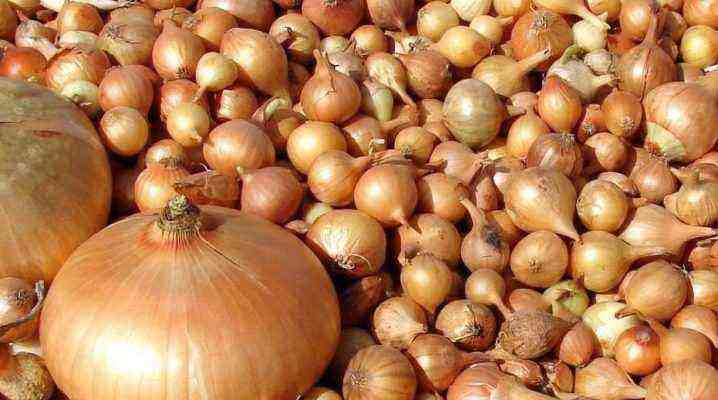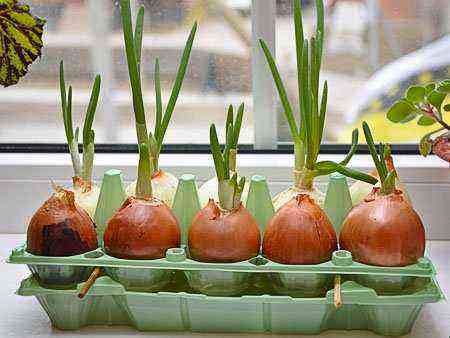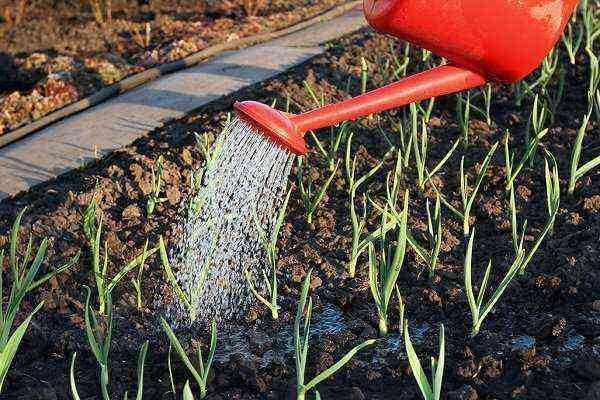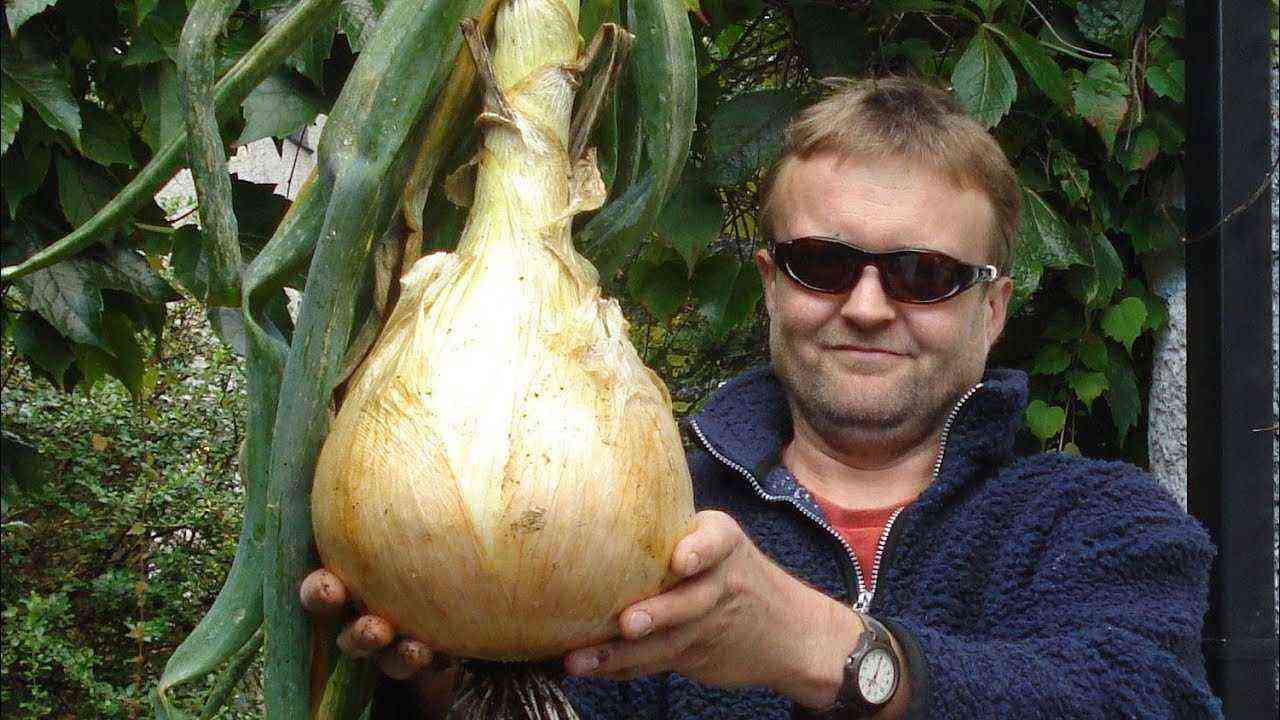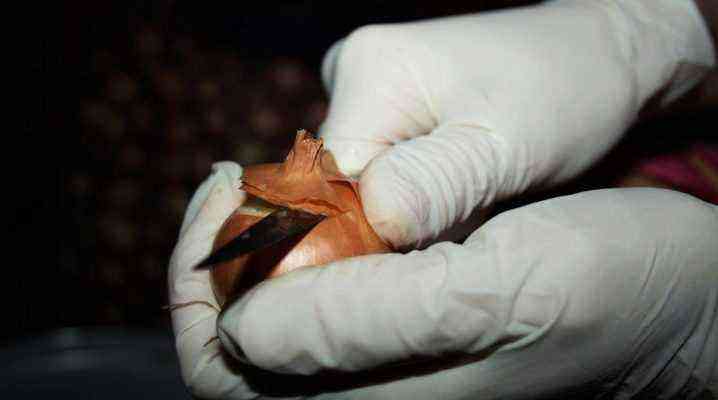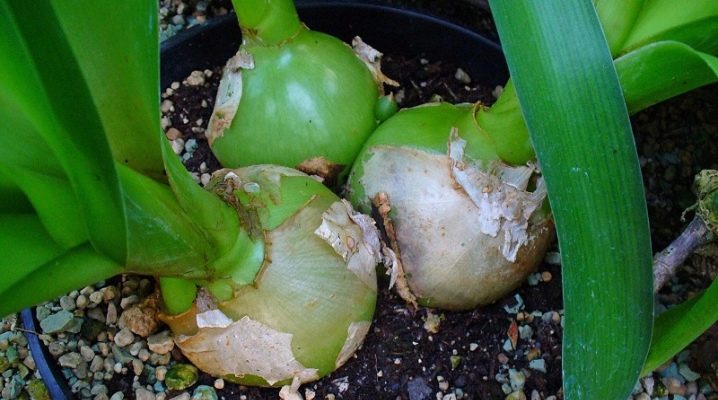
Today, many people are engaged in the cultivation of various exotic plants. Indian onions have been very popular lately. This plant has many other names, for example: brandushka, Chinese onion, Mongolian, false, hellish root, and so on. In today’s article, we will learn what this original vegetable looks like and how to properly grow it.
general description
Indian onion is an exotic vegetable that is widely used in India, South Africa, and China. In the CIS countries, this plant first appeared only after the 50s of the last century. The Indian onion is also called the tailed birdman. The plant itself has a nondescript appearance, reminiscent of an ordinary onion. The vegetable produces long and flat leaves with a narrowed structure.
Such elements cannot stand up straight on their own, therefore they are slightly bent down. Because of this feature, growing Indian onions in a pot, he has to put up reliable props.

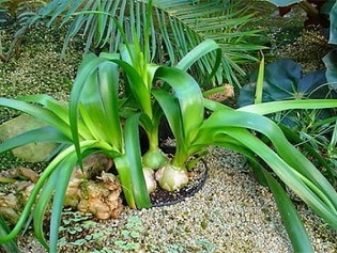
One of the main distinguishing features of the Indian onion is that the marginal sections of its leaf plates often roll up into a tube, and then begin to dry. Such signs do not at all indicate that the culture has undergone some kind of disease or that it does not have enough moisture. This state is quite natural. Against its background, the Indian onion feels great.
If you carefully separate the onion leaf, a colorless and burning juice will immediately begin to stand out at the cut point. It can irritate the human skin. The bulb of the considered original culture has a pale green tint. It is covered with transparent scales, which looks like a thin film. In mature plants, this component can reach a size of 7-8 cm in diameter.
Indian onion blooms with snow-white and small-sized flowers that look frankly unsightly. They gather in spike-shaped inflorescences. Bow arrows with buds are formed only by the middle of the autumn season in the second or third year after planting.
The length of the onion arrow can be from 50 cm and up to 1 m. Flowers bloom alternately on it, in the place of which boxes filled with black seeds then appear.
Landing
An exotic plant, whose birthplace is South Africa, can be planted both in open ground and in a pot placed at home. Regardless of the specific planting method chosen, a person must carry out all procedures in accordance with clear rules so that the plant will quickly take root and grow healthy in the future.
At home
The Chinese onion is a perennial crop. He is having a hard time with the cold seasons, so it is not possible to grow him exclusively in the beds. You should stock up on good large pots.
Consider the main features of planting Indian onions when using seed material.
- The first step is to properly prepare the onion seeds. To do this, they must be kept in the refrigerator for 4 to 5 months. The seed material is placed in a gauze piece, after which it is transferred to the refrigerator.
- Next, a suitable container is taken, at the bottom of which there are drainage holes. The latter must be so that irrigation water does not stagnate in the soil mixture.
- At the bottom of the pot you will need to lay out a layer of pebbles, fertile soil. Pebbles can be purchased ready-made at garden outlets, or you can combine them on your own: take the same amount of peat and perlite.
- Then you can proceed to the direct sowing of seeds. They should be planted so that there are gaps of 1 to 3 cm between them. Seeds should be immersed in the soil mixture by about 1 cm.
- After that, the soil in which the seeds are placed will need to be watered.
- Indian onion sprouts will form within 6-7 months. At this time, it is very important to provide plantings with competent and regular care. Watering is required to be done based on the degree of drying of the soil mixture. It is necessary to monitor the temperature values in which an exotic vegetable grows. Comfortable temperature is +15-22 degrees Celsius.
- As soon as the first 3 onion leaves hatch, you will need to start diving the plant in separate containers filled with a composition of 2 parts of river sand and 1 part of leaf and sod land.

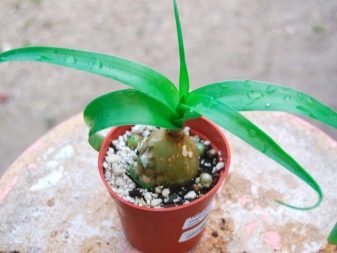
In the open ground
Planting vegetables on open beds should also be dealt with in accordance with all norms and rules. The lowest temperature at which such a plant develops is +10 degrees Celsius. This suggests that gardeners need to bring the vegetable home for the winter. The brandushka is easily mastered in the changed conditions, therefore it is possible to transplant and dive the culture without the slightest harm.
We will analyze the main features of planting a plant in an open area.
- It is allowed to move the bulbs into open ground only after stable warm weather has been established. If we are talking about the central regions of Russia, then this is the middle or last days of May.
- The place in which the crop is planted should be slightly shaded, since the Indian onion suffers from the influence of the direct rays of the sun. In this case, you need to ensure that the plant receives a sufficient amount of natural light.
- The culture will need moderate watering. Swamping should not be allowed under any circumstances.
- Before planting the onion in the open ground, it can be grown throughout the winter season, but there is a way to allow the plant to “rest” a little. To do this, in the autumn period, you need to place the pot with onions away from the light, and also stop watering (rare spraying with a sprayer is enough). Moisturizing will need to be resumed immediately after planting the plant in open ground.
- It is pointless to engage in fertilizer of the soil layer, since the exotic vegetable in question is unpretentious. The only requirement is only the maintenance of moderate acidity.
When summer comes, the plant can be left without a transplant. It is enough to take out the Indian onion right in the pot outside, but such actions will not contribute to its rapid growth.

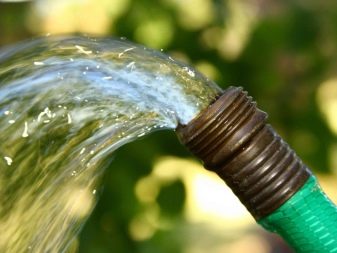
Cultivation Care
We will understand the basics of caring for a green vegetable when growing it.
- As mentioned above, an exotic bow may not be able to tolerate the direct rays of the sun. If the “bed” is located at home on the windowsill, it should not be exposed to the sunny side during the day. At such moments, it is better to provide landing with a sufficient amount of artificial lighting. Special phytolamps or fluorescent devices are ideal.
- If the plant is exhibited in a room, then the percentage of humidity here should not be more than 75-80%. However, the air around the Indian onion should not be too dry either. In order not to encounter such problems, you can resort to spraying the vegetable 2-4 times a week. Feathers are treated with warm water. If the plant is close to heating devices, then spraying will need to be carried out even more often.
- In the hot season, the permitted temperature regime is limited to 20-22 degrees. In winter, Indian onions will grow without problems at + 10-12 degrees. Room temperature is considered ideal.
- The vegetable in question is not afraid of drought, but too high soil moisture can seriously harm it. It is not necessary to monitor the time of watering too carefully. For optimal identification of the timing of moisture, it will be possible to simply inspect the top soil layer. It should not be too moist or visibly cracked. Only a light dried crust is acceptable.
- It is necessary to take care of the plant, ensuring proper watering. It is allowed to moisten Indian onions only with settled or rain water. Water from the water supply is not suitable, since it contains a large percentage of elements that have a negative effect on the vegetable. Settling of water should take place in open containers. The temperature indicator of the liquid should be close to room temperature.
- The soil mixture in which the onion grows must be subjected to loosening, because without access to oxygen, the rhizomes stop their normal development. Because of this, the culture can die. Loosening must be carried out with the utmost care so as not to accidentally touch the roots.
- To ensure proper gas exchange and photosynthesis, you will need to remove accumulated dust from the feathers of the plant using a soft piece of cloth.
- The soil mixture in pots loses its positive qualities in a short time, so you will need to resort to adding fertilizers. Both mineral mixtures and organics are suitable.
In the winter season, onion leaves are recommended to be cleaned from time to time from accumulated dirt. To do this, you can use a clean damp cloth.
Reproduction
Exotic Indian onions can be successfully propagated by seeds, layering or division. As soon as the plant is 2 years old, it forms daughter bulbs. In the autumn season, they should be separated, and then rooted in a separate pot with moistened soil. Many gardeners prefer to propagate Indian onions using seeds. The fact is that the seed material has almost 100% germination. The best period for landing is the end of spring – the beginning of summer. If planted with frequent and moderate watering, they can grow into a compact bulb in 6 to 8 months.
It happens that a person does not have seeds in his arsenal, and the bulb, for one reason or another, did not start layering. In this case, you can use separate bulbs. A mature plant is divided into halves. The landing scheme itself will be as follows.
- First you will need to pick up pots made of suitable quality material. The best are clay or peat containers.
- After that, expanded clay is poured on the bottom of the container.
- A substrate is introduced, made up of an earthen layer (turf and sheet), as well as a river sand mixture.
- Making a hole.
- An onion is buried in it, and then sprinkled with soil mixture.
- At the final stage, the culture is moistened.
Diseases and pests
Indian onion is a fairly hardy plant with very good immunity. There are no significant threats to culture, but there are certain problems that should be taken into account.
So, dangerous pests can be found on the plant – mealybugs. As a rule, they skillfully hide between the leaves. To get rid of mealybugs, it is permissible to take a cotton swab soaked in alcohol. They wipe the affected plant. If the infestation is more severe, the crop should be sprayed with an effective insecticide.
Often the Indian bow attacks harmful aphid or scabbard. These are very dangerous parasites that can cause serious damage to the culture. It is possible to overcome these pests using effective chemical treatment. Insecticides and systemic agents are suitable. The compositions of Aktara and Aktelik demonstrate high performance. You can also resort to folk recipes.
So, to combat the same scab, gardeners often use a homemade mixture made from laundry soap (30 g per liter of water). The planting is treated with a solution, having previously whipped it into foam and kept it for a day. Wash off the mixture with warm water. A similar procedure should be performed 3 times with a break of 7 days.
The bulbs of the plant in question may also be subjected to rotting. In most cases, such a serious problem is due to too much moisture. That is why it is so important to properly water the onion so that its root system does not start to rot. In certain situations, a person may notice that the leaves of the Indian onion turn yellow, look drooping and even die off. In this case, the bulb itself can become soft. As a rule, such a problem is associated with the influence of incorrect temperature values, under which the culture develops.
In addition, too much watering can also be the cause. If you provide the onion with proper care and keep it in comfortable conditions, then the foliage does not turn yellow and does not fall off, and the bulb does not go limp.
Harvesting and storage of crops
When growing Indian onions, the gardener needs to harvest the crop correctly, and then store it correctly. It is enough just to trim the leaves of the plant as needed. But it happens that too many feathers have formed. Often in such circumstances, people decide to prepare them for the future. To do this, the crop is harvested and placed in a bag of polyethylene. After that, the collected products can be safely sent to the refrigerator for further storage.
There is another way in which it is enough to squeeze the juice from the bulbs. The onions themselves should be stored in the same way as a regular onion vegetable.
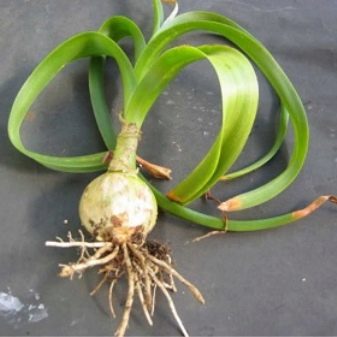

Tips and Tricks
Let’s get acquainted with useful tips regarding the cultivation of brandy.
- Gardeners must take into account the fact that an exotic vegetable shows very fast growth. Its root system is long. That is why it is necessary to periodically dive bulbs into pots. The latter must be large in size so that the rhizomes are comfortably accommodated in them.
- It is recommended to work with the culture in question only with gloves. This is due to the fact that the plant contains a high concentration of aggressive substances that can lead to burns of the skin.
- If the plant is planted not in a ceramic, but in a plastic pot, then it should be watered especially carefully and moderately so that moisture does not stagnate at the roots. The fact is that in a plastic container, water evaporates many times worse, because of which the rhizomes can begin to rot. Often in such conditions, the bulbs completely disappear.
- If the plant is in open ground, it is recommended to spray its leaves with water. It is best to do this in the morning.
- Brandushka seeds can be obtained at home. For this purpose, it will be necessary to artificially pollinate the flowers of the culture. It is allowed to take a flowering plant outside the house so that pollinating insects can get to it.
- During the dormant period, it is strongly not recommended to feed the plant. At this time, onion fertilizers are not required. Watering should also be reduced and done infrequently, just to keep the bulb alive.
